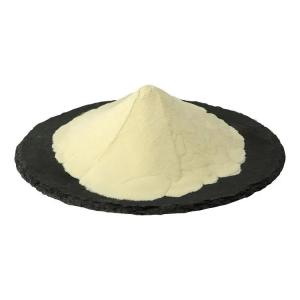Phosphoric acid and sustainable food applications
Time:2025-10-09Sustainability has become a guiding principle in modern food science, where the focus is on reducing waste, optimizing resources, and maintaining nutritional quality. Phosphoric acid, a widely used inorganic compound, plays a unique role in this context. Beyond its established place in food processing, it is increasingly studied for how it can support sustainable practices in the food system.
Role in Food Preservation
One of the central applications of phosphoric acid in the food industry is its ability to regulate acidity and contribute to product stability. By extending shelf life and improving consistency, its use can help minimize food loss across supply chains. Reducing waste at both production and consumption stages is an important sustainability goal, and research into acidulants like phosphoric acid supports this effort.
Contribution to Resource Efficiency
Phosphoric acid connects to sustainability not only through food formulation but also via its link to phosphorus, an essential mineral in agriculture and human nutrition. The efficient use of phosphorus resources is a pressing issue, as natural phosphate reserves are finite. In this light, dietary research and food applications involving phosphoric acid highlight the need to balance technological benefits with resource conservation.
Integration with Food Processing Innovations
As the food industry explores cleaner technologies and greener formulations, phosphoric acid is often evaluated for its compatibility with sustainable processing methods. For instance, its role in beverage manufacturing, plant-based foods, and fermentation-based products is studied with attention to environmental impact. Researchers assess how its use can align with lower energy consumption, reduced chemical inputs, and eco-friendly packaging strategies.
Relevance to Circular Food Systems
Phosphoric acid is also discussed within the framework of circular food systems, where by-products and waste streams are repurposed for new value. In some cases, phosphoric acid is involved in recovery or recycling processes that enhance the sustainability of food production. This places it within broader conversations about closing nutrient loops and creating resilient food networks.
Conclusion
Phosphoric acid’s place in sustainable food applications lies at the intersection of nutrition, resource management, and environmental responsibility. By contributing to preservation, efficiency, and innovative processing, it serves as a link between technological progress and sustainable goals. Continued research into its applications will help ensure that food systems not only meet human needs but also support long-term ecological balance.


 CN
CN





